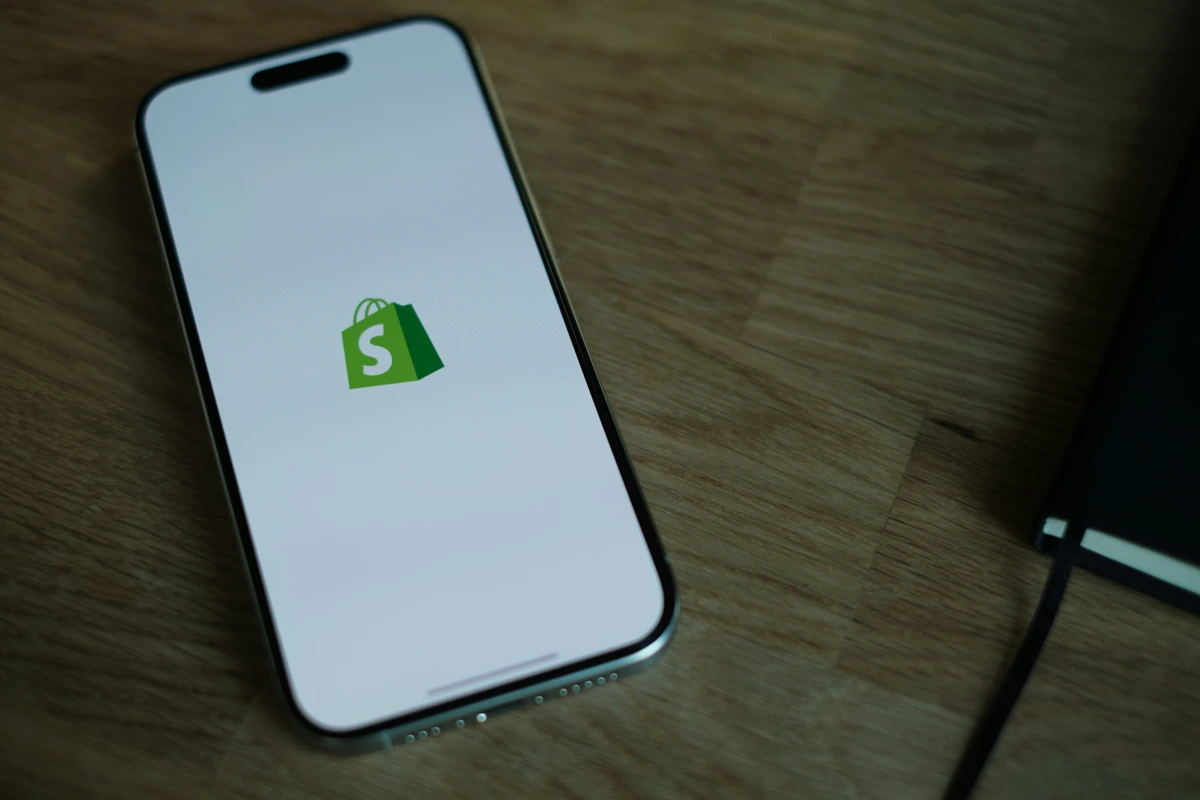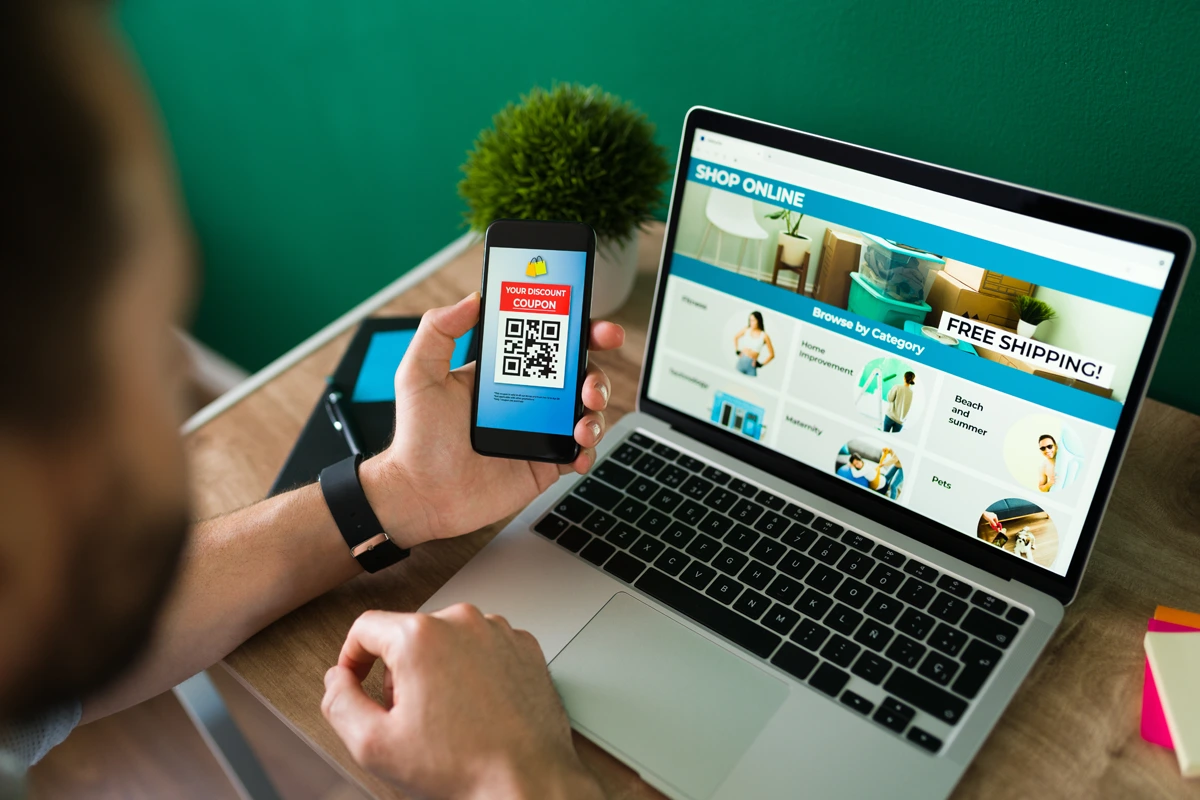Running a Shopify store is more than just driving traffic. If visitors don’t convert into paying customers, your sales won’t grow—no matter how much traffic you get. Conversion Rate Optimization (CRO) helps ensure that more visitors take the desired actions, whether it’s making a purchase, signing up for a newsletter, or adding products to their cart.
In this guide, you’ll discover 10 proven strategies to increase your Shopify conversion rate and maximize revenue.
1. Optimize Your Shopify Store Speed
A slow-loading website kills conversions. Studies show that even a 1-second delay in page load time can reduce conversions by 7%.
How to Improve Site Speed:
- Use Google PageSpeed Insights to diagnose speed issues.
- Compress images using tools like TinyPNG or Shopify’s built-in image optimizer.
- Reduce third-party apps and scripts that slow down loading times.
- Enable Shopify’s Accelerated Mobile Pages (AMP) for faster mobile browsing.
2. Improve Your Product Pages
Your product pages are where customers make the final decision to buy. If they lack trust signals or key information, visitors will leave without purchasing.
Best Practices for High-Converting Product Pages:
- Use high-quality images and videos that show products from multiple angles.
- Include detailed, benefit-driven product descriptions (focus on how the product solves a problem).
- Add customer reviews and ratings for social proof.
- Highlight scarcity or urgency, such as “Only 5 left in stock!”
3. Simplify the Checkout Process
Cart abandonment is one of the biggest conversion killers. A complicated checkout process leads to lost sales.
How to Reduce Checkout Abandonment:
- Enable Shopify’s One-Page Checkout for a faster experience.
- Offer guest checkout—forcing users to create an account discourages purchases.
- Provide multiple payment options (credit cards, PayPal, Apple Pay, Google Pay).
- Show progress indicators so customers know how close they are to completing their order.
4. Use Exit-Intent Popups to Capture Leads
Exit-intent popups appear when users are about to leave your site, giving you a last chance to convert them.
Effective Exit-Intent Strategies:
- Offer a discount or free shipping if they complete their purchase.
- Provide a lead magnet (free guide, eBook, or coupon) in exchange for their email.
- Use persuasive messaging, such as “Wait! Get 10% off if you order now.”
5. Leverage Social Proof & Customer Reviews
Shoppers trust recommendations from other buyers more than brand claims.
Ways to Add Social Proof:
- Showcase real customer testimonials on product pages.
- Display a recent sales notification (e.g., “John from Texas just bought this!”).
- Use UGC (User-Generated Content) like customer photos or Instagram posts.
6. Optimize for Mobile Users
More than 70% of Shopify traffic comes from mobile devices. If your store isn’t optimized for mobile, you’re losing potential customers.
Mobile Optimization Tips:
- Use a mobile-friendly Shopify theme that adjusts to different screen sizes.
- Make buttons large enough for easy tapping.
- Ensure fast loading speeds by compressing images and reducing unnecessary scripts.
- Optimize mobile checkout by enabling one-click payment options.
7. Offer Free Shipping & Transparent Pricing
Unexpected costs at checkout cause extra friction and lead to cart abandonment.
How to Reduce Price Shock:
- Offer free shipping or a minimum purchase threshold for free delivery.
- Be upfront about taxes and fees—no one likes surprises at checkout.
- Show clear pricing breakdowns before customers proceed to checkout.
8. Implement Live Chat & Chatbots
Real-time communication can boost conversions by answering customer questions instantly.
How Live Chat Helps Convert More Sales:
- Answer product-related inquiries in real-time.
- Help customers navigate checkout if they have concerns.
- Automate responses with chatbots for quick FAQs.
Apps like Tidio, Gorgias, or Shopify Inbox integrate live chat into your store effortlessly.
9. Retarget Abandoned Cart Visitors with Facebook & Email
Not everyone buys on their first visit. Retargeting helps bring them back.
How to Recover Lost Sales:
- Set up abandoned cart emails that remind users about their pending purchases.
- Run Facebook Retargeting Ads targeting cart abandoners.
- Offer an exclusive discount to encourage checkout completion.
10. A/B Test Everything
Testing different versions of your pages, checkout flow, and messaging helps identify what works best.
Elements to A/B Test:
- Call-to-action (CTA) buttons (“Buy Now” vs. “Add to Cart”)
- Product page layouts (bullet points vs. paragraph descriptions)
- Checkout process (one-step vs. multi-step)
- Pricing strategies (discounts vs. value bundles)
Use tools like Google Optimize or Shopify’s built-in A/B testing features.
FAQs About Shopify Conversion Optimization
The average Shopify conversion rate is 1-3%. Anything above 3% is considered excellent.
Some changes (like site speed optimization) yield immediate results, while A/B testing and trust-building strategies may take a few weeks.
A balanced approach works best. Optimizing conversion rates ensures you maximize revenue from existing traffic before scaling ad spend.
Conclusion
Improving your Shopify conversion rate doesn’t require major overhauls. Small, data-driven changes can significantly boost sales.
Actionable Steps to Take Now:
- Check your site speed and fix any slow-loading pages.
- Optimize your product pages with high-quality images & trust signals.
- Simplify your checkout process to reduce friction.
- Set up retargeting ads & exit-intent popups to recover lost visitors.
By implementing these strategies, you’ll create a seamless shopping experience that turns more visitors into paying customers.
Roel Manarang
Roel Manarang is a digital marketing strategist with over a decade of experience driving growth for eCommerce brands. As the Head of Strategy at Enamtila, he combines deep expertise in Shopify-powered businesses with a hands-on approach to campaign planning, market analysis, performance optimization, and art direction. By aligning creative visuals with data-driven strategies, Roel crafts campaigns that resonate with audiences, drive sales, and position brands for lasting success in competitive markets.


